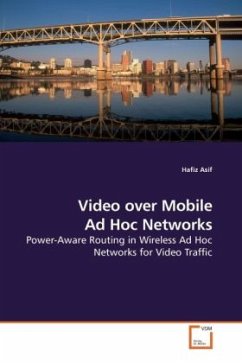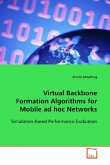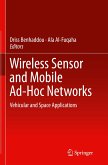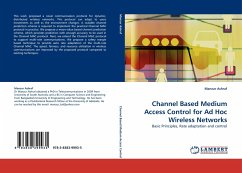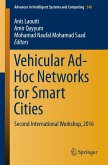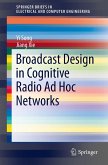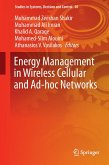Video transport over ad hoc networks is more challenging than over other wireless networks. Wireless links in an ad hoc network are not very error resilient and can go down frequently because of node mobility,interference, channel fading, and the lack of infrastructure. Moreover, typical video applications may need a higher bandwidth and higher reliability connection than that provided by a single link in current or emerging wireless networks. On the other hand, it is possible to establish multiple path between a source and a destination, which provides an extra degree of freedom in designing video transport schemes. Transporting video over wireless networks has two-fold constraints. Not only should it satisfy power minimization issues but QoS parameters should be handled carefully also. This book focuses on the WEAC MANET protocol for video traffic.While analyzing the performance of the WEAC protocol for video traffic, we find that the protocol can support upto 2 hops if H.263 is used for video data compression and the number of hops reaches 4 H.264 is used. Maximum power saving is achieved if the relaying node lies in the middle of source and destination node for HCB model.

